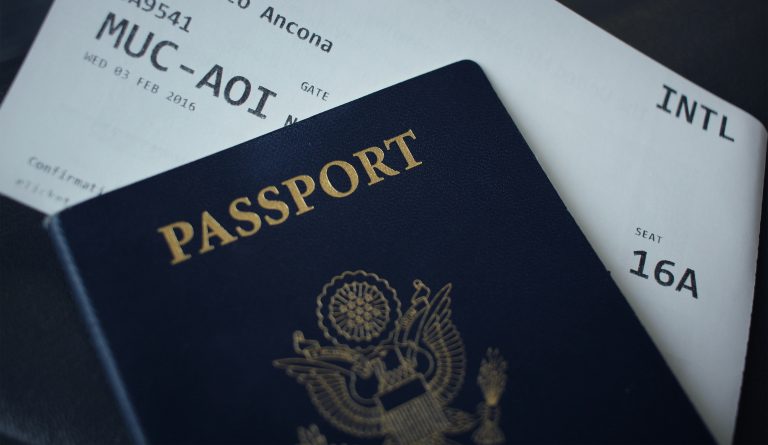What is the Netherlands’ 30% Ruling?

The Netherlands’ 30% Ruling is a tax advantage designed for highly skilled migrants working in the country, offering a significant tax reduction on their gross salary. Essentially, it lowers the taxable amount from 100% to 70%, allowing 30% of the wage to be tax-free. This ruling comes with specific requirements to ensure eligibility, including income level, international recruitment, and expertise level.
Now that we have a general idea of the 30% ruling, what about its conditions? Does it have disadvantages or nuances in its regulation? In this article, we will discuss the in-depth concept of the Netherlands’ 30% ruling.
To be eligible for the 30% ruling, several conditions must be met:
Salary Requirement
To avail of the 30% ruling, there is a minimum amount of annual salary after the 30% reduction. In 2024, the minimum taxable salary at 70% is at €46,107.
If the employee is under 30 with a master’s degree, the amount instead changes to €35,048.
Netherlands Only
To be eligible, the employee must be working specifically in a company in the Netherlands.
Employer Registration
Not only do the employees must adhere to the 30% ruling, but also the employers. In this case, the employer must be registered with the Dutch tax office.
Written Agreement
The 30% ruling must also be agreed upon in written form by both employer and employee if said ruling is applicable.
International Transfer
Another condition is that while the employee must be transferred or recruited from abroad, they must also have lived more than 150km from the Dutch border for more than 24 months before working in the Netherlands.
Expertise Requirement
Lastly, the employee must possess expertise that is scarce in the Netherlands. One factor to state that the employee is a skilled migrant is when their income meets the salary requirements provided earlier.
Apart from the provided information of the 30% ruling, there are still some other advantages that this scheme provides. One of which, is the option to choose “partial non-resident taxpayer status.”
In this option, the Dutch tax authority considers an employee a foreign taxpayer in box 2 and box 3. Boxes are the tax purposes and are divided into three categories. Box 2 is for financial interests in a company and box 3 is for savings and investments.
What this benefit does is you do not need to pay income tax on assets in boxes 2 and 3. However, the amendment will abolish this option on January 1, 2025. Individuals who did opt for this option can still utilize this scheme up until December 31, 2026.
Another is that employees who have the 30% ruling do not need to retake a driving test to obtain a Dutch license. They can opt to switch to their foreign driving license instead.
A large drawback to opting for the 30% rule is that when an employee loses their job, they do not have any unemployment benefits. This is because the 30% ruling means that the employer does not pay any unemployment premium on the salary of the employee.
Another is that starting in 2024, the 30% rule will change into the 30/20/10% rule for anyone who availed of this scheme in 2024 and so forth. This new scheme provides a 30% ruling for the first 20 months, and in the following 20 months, it is reduced to 20%, and finally, it will decrease to 10%.
The individuals who opted for the 30% ruling before 2024 will still be able to use the original scheme.
We now have a good grasp of what the 30% ruling is. But even so, here are some information that might help in navigating this ruling.
Maximum Duration
The 30% ruling applies for a maximum of five years from 2019, with earlier approvals having an eight-year duration.
Changing Jobs
Employees who change their jobs can continue the ruling as long as the requirements are still abided as well and the new job that they went to is within three months from the previous one.
General Application Process
The employer is normally the one who processes the 30% ruling and the employee will only provide the necessary documents. The application generally responds within 10 weeks.
Having A Business
Individuals can still opt for the 30% ruling even though it is their own business. The steps to do it is for the new business to be a BV or payroll company, and the owner becomes the salaried employee. The company should then apply for the 30% ruling and the owner must sign an employment contract with the payroll company.
The Netherlands’ 30% Ruling stands as a valuable tax advantage for highly skilled migrants, offering substantial financial benefits for both employees and employers.
While the ruling has clear advantages, it still has plenty of intricacies that should be reviewed before opting for it. Furthermore, the new scheme of the 30/20/10 and the lack of unemployment benefits are a clear indicator that one should see if the scheme is for them.
Ultimately, this guide provides a good start to understanding the 30% ruling and gives a good glimpse on how to avail it.
Global People is a leading local employment solutions provider for national and international corporations and can advise and escort you in your next destination.
eLearning






